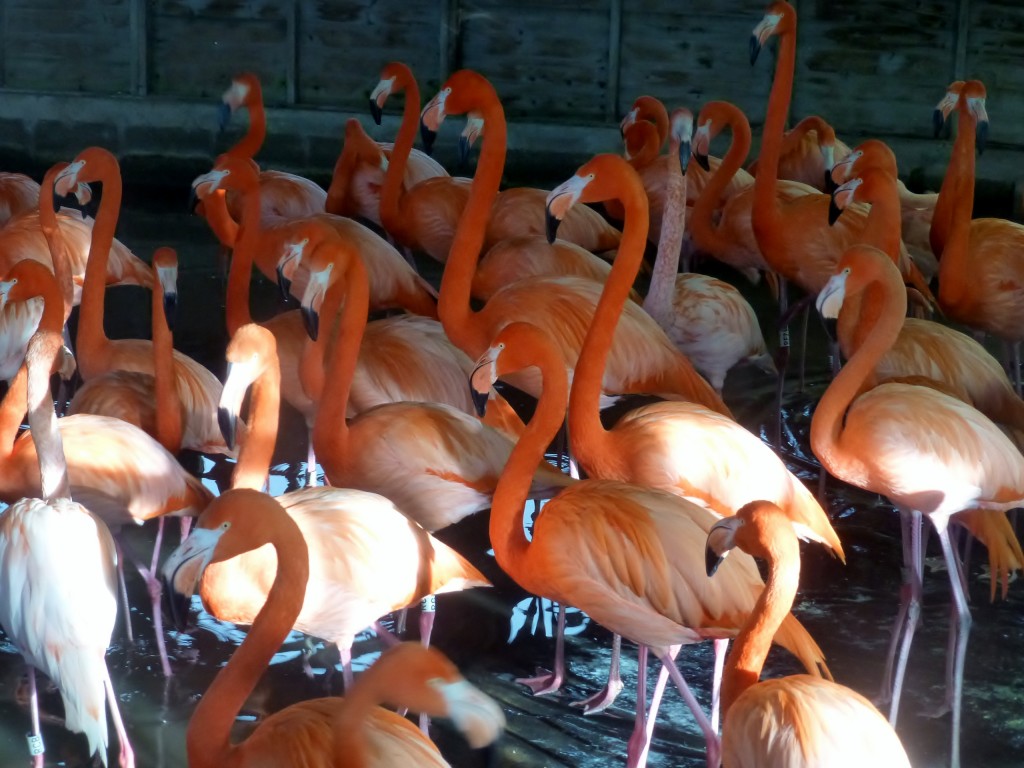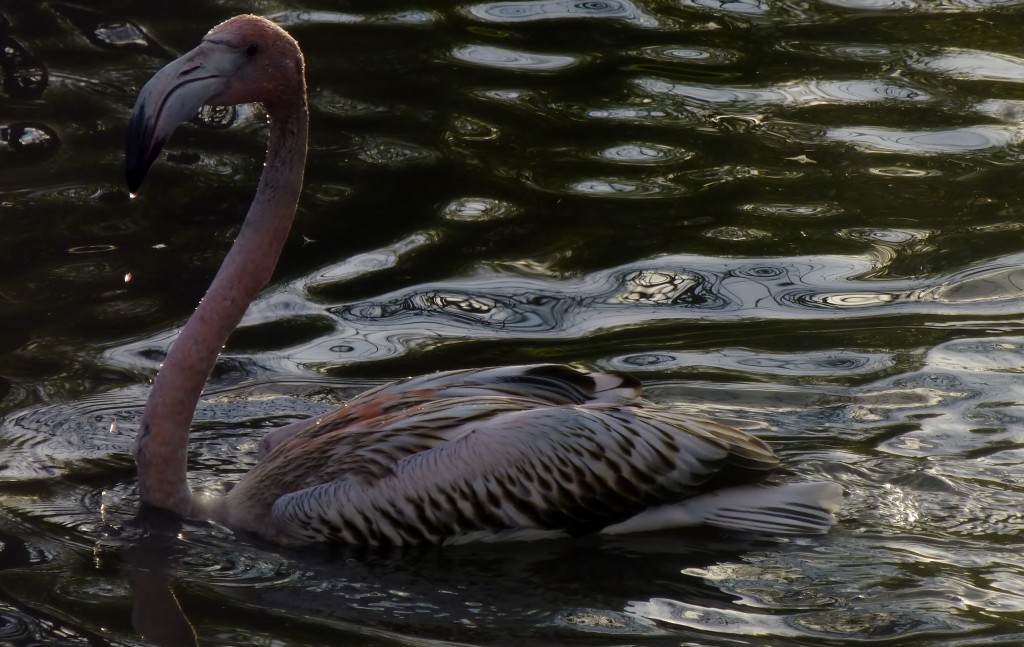Flamingos into 2014

So it's the end of another year and it will be two years in January that I registered onto my PhD, as well as being my third year of my data collection. Time flies! I thought I would do another round up of what's gone on this past 12 months as I learn more about these extraordinary birds. Flamingos continue to amaze me, mainly because of the number of things that are still "new" to be discovered about them. As ever, WWT have been super helpful and supportive of the research and Phil, Sparky, Phoebe and the rest of the aviculture team are as dedicated as ever to their tall, pink charges. I'm especially grateful to Dr Baz Hughes in the Conservation Programmes Directorate for his help with reviewing the papers and publications that I continually fill his already bursting inbox with. And to Rebecca Lee, the head of the IUCN Flamingo Specialist Group (the organisation based at Slimbridge) who very kindly found the time to co-author a paper on flamingo welfare with me this past year. I also want to say a big thank you to Lydia Wild, a volunteer on the aviculture team, who has produced some amazing drawings of flamingo behaviour for me to include in my thesis. The girl is talented!
And what of the birds themselves? Well 2014 will be mainly a year of processing the mountain of data that I have generated from observations at Slimbridge. I have already seen some strong patterns in how birds like to hang out together and how that when you find one individual, you'll keep finding the same other bird(s) another close by. It seems that flamingos really do like to live in each other's pockets!
This sociable nature is really illustrated by how the birds put themselves to bed. I love watching this. They appear so well-behaved (which I know is my own interpretation of what they are doing!), especially the lesser flamingos who form a queue and toddle inside one after the other, without any reminding from one of their keepers. I am pretty certain that, in winter time, you can set your clock by when these little pink gems take themselves indoors for the night. See the short clip below:
[yframe url='http://www.youtube.com/watch?v=rPdtNgyCuco']
The wet, windy weather we have had over the Christmas period has seen many of the flocks kept safe and warm in their winter housing but as I dragged my family to Slimbridge on Boxing Day (an annual tradition) the flamingos were outside so I could collect some data. A PhD never sleeps! The Caribbean flamingo juveniles and the Chilean flamingo juveniles are turning into handsome looking birds. Nearly as tall as the adults themselves. The lovely hot summer of 2013 was enjoyed by the birds and the number of chicks hatched shows how flamingos really are sun-worshippers. It also made a change for me, being able to stand outside in the nice weather when back in 2012 I was generally dripping wet from the torrential rain...
Christmas swim? One of this year's young Caribbean flamingos goes for a festive bathe.
Here's a short video of the Caribbean flamingo flock feeling flirty in December. This courtship behaviour builds and builds in performance of winter and spring and should lead to many more youngsters come the next summer.
[yframe url='http://www.youtube.com/watch?v=IX0UQHhFTnU&feature=youtu.be']
So a New Year's resolution for you all, if you do that sort of thing, is to beg, pray, wish, keep your fingers crossed for another hot, hot, hot summer in 2014 as the flamingos enjoyed this no end. Happy New Year flamingo lovers everywhere!



